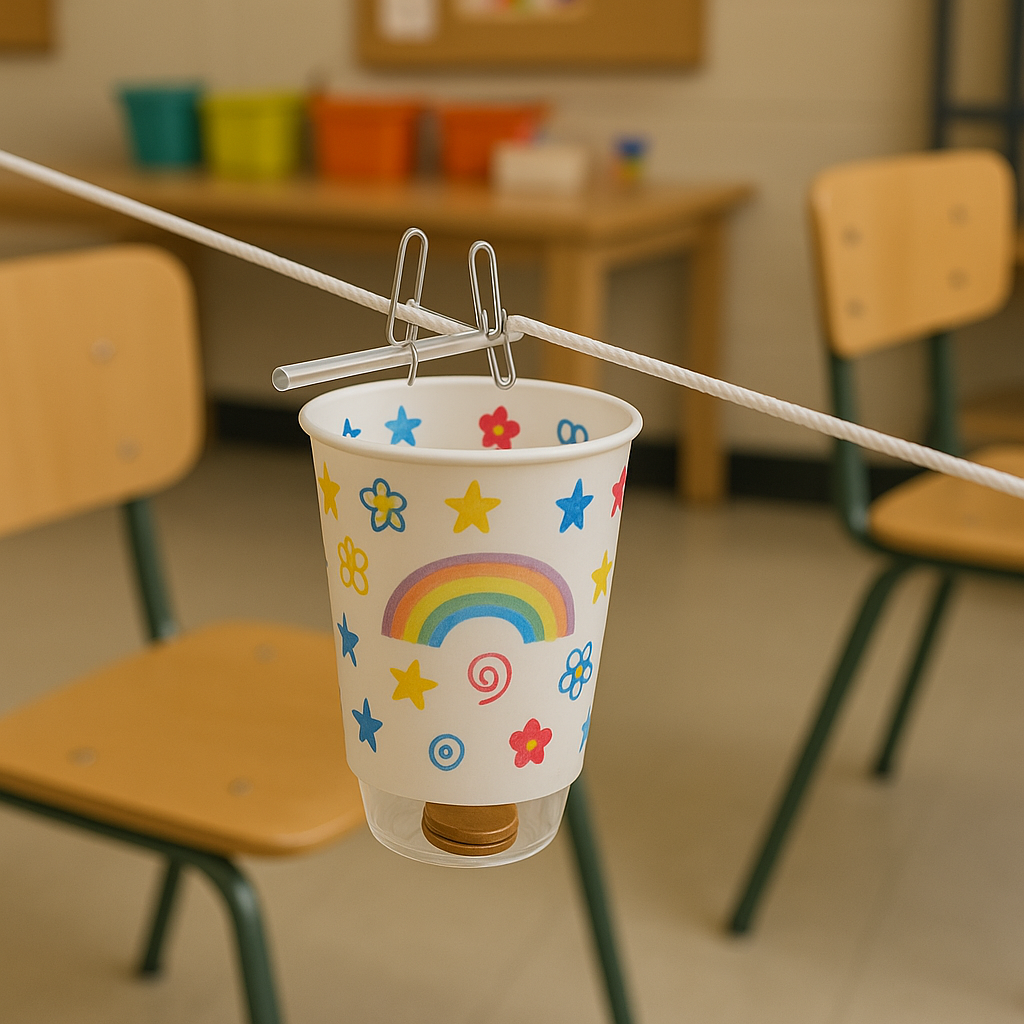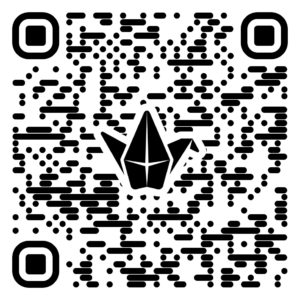Physics Marble Roller Coasters and Zipline Gliders
Instructions (Part I): Carefully watch the following videos to understand the relationship between potential and kinetic energy in roller coasters.
Instructions (Part II ): Carefully observe the images and videos below to learn how to build your own roller coaster out foam pipe and a marble.

Instructions (Part III): Using the provided materials, construct a roller coaster that guides your marble through at least one loop, one turn, and one jump.
Instructions (Part IV): Instructions (Part I): Reflect on the videos and label the area of highest potential energy with a piece of tape marked “Max PE” and the area of highest kinetic energy with a piece marked “Max KE.”
Instructions (Part V): Record a video of your marble completing the entire roller coaster. Enter your first name in the “Subject” field. Below, you will find a QR code to simplify the upload process. Once successful, modify your roller coaster to include an additional feature (jump, corkscrew, etc).
Zipline Challenge: Engineering for Speed and Strength 🏎️
In this challenge, you’ll become an engineer for a day! Your mission is to design, build, and test a zipline that can transport cargo quickly and safely. You’ll compete in two challenges: the Speed Competition and the Cargo Challenge.
Your Task
Work in teams to construct the fastest and strongest zipline cargo holder using the materials provided. You will first test your zipline cargo holder for speed. Then, you will modify your design to see how much weight it can carry.

Materials
- Fishing line (our zipline cable)
- Paper or plastic cups (to hold the cargo)
- Tape
- String
- Scissors
- Marbles, pennies, or other small, uniform items (for cargo)
- A stopwatch or a phone with a stopwatch app
Part 1: The Need for Speed ⏱️
Your goal is to build the fastest zipline possible.
- Design & Build: Brainstorm with your team. How can you make your cargo holder (the cup) move along the fishing line with the least amount of friction? How does the angle of the zipline affect the speed? Sketch out a few ideas before you start building.
- Test & Time: Attach your zipline to two points, making sure one end is higher than the other. Place your “passenger” in the cup and let it go! Time how long it takes to get from the start to the finish.
- Think & Redesign: Was it fast? How could you make it faster? Talk with your team, adjust your design, and test it again. Try to get the fastest time possible.
Part 2: The Cargo Challenge 🏋️
Now, it’s time to test your zipline’s strength. The goal is to carry as much weight as possible.
- Modify Your Design: Think about how adding weight will change things. Do you need to make your cargo holder stronger? Will the zipline sag more? Make any adjustments you think are necessary.
- Add Cargo: Start adding weights (marbles or pennies) to your cup, one by one. After adding each weight, send your cargo down the zipline.
- Find the Limit: Keep adding weight until your zipline either breaks or the cargo holder fails. The team that can successfully transport the most weight wins this challenge.
Connecting to Physics & STEM Careers
- Physics Concepts: As you worked, you were experimenting with key physics principles!
- Gravity: This is the force that pulled your cargo down the zipline. A steeper angle increased the effect of gravity, making your zipline faster.
- Potential & Kinetic Energy: At the top of the zipline, your cargo had stored potential energy. As it moved, that energy was converted into kinetic energy (the energy of motion).
- Friction: This is the force that slowed your cargo down. You probably noticed that the way you attached your cup to the line made a big difference in speed. Less friction = more speed!
- STEM Connections:
- Mechanical Engineers design and build systems just like this, from ski lifts to elevators to roller coasters. They are always thinking about forces, energy, and materials.
- Physicists study the fundamental laws of the universe, including gravity and energy, which are the very concepts that made your zipline work.
- Civil Engineers design large-scale projects like bridges and transportation systems, which have to be carefully designed to handle weight and stress, just like in the cargo challenge.

